|
0 Comments
When I took this picture of a common Squirrel monkey, it just had its eyes half closed. Almost letting you think that monkeys also have daily problems or are in need of a power nap. Usually they are constantly moving so taking pictures of them can sometimes result in crazy funny photos.
I almost missed this deer because it was standing still right behind those dry branches near the forest edge. Out in the open but still well hidden.
The White-throated Toucan is one you will likely see or hear on a daily basis. This one was seen out in the open and here you can clearly see the colors on its mandible.
Red-and-green Macaws are one of the three large macaws you can see in Kabalebo. This one was eating on top of this branch but when we spotted it, it stopped eating and was looking back at us.
Common bird from the interior of Kabalebo. Usually seen in small groups. From time to time they are noisy and seen very close together on top of one branch. Sometimes they like to wander around a bit, away from the group, but not too far.
This one was sitting perfectly still on top of all these leaves and the light was also working along. This made it possible to capture all the details on this bird. I was trying to take another profile picture of Brutus, the tapir, when out of nowhere a Giant Cowbird decided to join in. It was actually looking for some ticks on top of his head. Brutus did not mind it at all.
Black Caracara's are opportunistic eaters. From insects to small birds and even fish or small lizards. Sometimes they even eat the eggs from small birds. This is the reason why they are not welcome near small birds. The moment they are near flycatchers, tanagers or martins, they all take turns and try to chase away the Caracara by diving as low as possible right above their head.
The Black Caracara usually isn't bothered by their attack but if it continues for a long period of time, they will move away to a quieter place. This is an ongoing battle between them. For us as onlookers, they give quite a show. The challenging part for us is trying to take a photo of both of them in action. It was not easy. These two Black- spotted Barbets were eating some ripe guava's near the forest edge. Not alarmed at all by my presence and after a while they even took a break from their food.
This Inga tree was full of blossoms. Not only the bees and the hummingbirds were attracted by the nectar but also other birds. This time I was lucky to spot both the male and female Blue Dacnis. They were both restless, agile and continuously jumping from one branch to another. Sometimes they were hiding behind a leaf and I was forced be patient. The male barely gave me enough time to shoot him, but I managed. And finally I met both male and female on one spot. Great colorful plumage.
This mother and her kid were crossing over the airstrip of Kabalebo when two Black caracara's decided to join them. They were actually interested in the tics these tapirs are carrying with them but it seems that they were taking a joyride on the small one.
The Crimson Topaz is one of my favorites to photograph especially when natural light is great. So when I saw this male relaxing out in the open I took my chance.
The Spot-winged Antshrike is one of those challenging birds I've met in Kabalebo. Even though you hear them calling, it takes a while to spot them. Mainly because they like to hide between thick leaves right above you. This time I was lucky because the leaves weren't that thick and he was standing right in front of me.
This Olive Whip Snake (Chironius Fuscus Fuscus) was peeking through some leaves right in front of a log. I've almost missed it because of its tiny and slender appearance. It stood still for quite a while so I was able to take a decent shot of this big eyed snake.
The Turquoise Tanager is one of those birds that never sits still on a suitable spot for me. Either they are sitting too high or under the shades of a tree. Agile small birds that like to move all at once. So imagine how happy I was when I spotted this one out in the open at eye level on a sunny day. It lasted only seconds but long enough for me to take this photo.
This tiny snake was seen during one of our night hikes in Kabalebo, Suriname. It was so tiny that we almost missed it. This Tawny Forest Racer was all curled up on a small leaf. After I took this photo I realized that I had actually seen this snake in different stages of his life. In this picture you can see that the colors started to change too into something more radiant and the black stripes started to become more visible. Still a tiny snake here. And here you see the adult version. I met this one during one of my Misty Mountain hike. At least 3 people had already passed him when I saw this snake. Same big eyes but notice how the colors had changed on its body. Remarkable stripes and colors and when it breathes you can even see the gold coming through the scales.
The Fork-tailed Woodnymph is seen on a daily basis in Kabalebo. But to catch the radiant color on this small gem is another story. Most of the time you will see a small dark hummingbird near blossoming branches. Even when the sun is out, you won't always see his bright colors. I guess it is all up to this little guy if he wants to show it. When I saw this Woodnymph resting on a Monkey brush vine, it was playing time. One moment you will see just dark colors and the next you will see green and purple. I surely had fun photographing this little guy.
So the Bright-rumped Attila is one bird that I hear on a regular basis when I am on a hiking trail, but this bird is one of the most stubborn bird I've met so far. You hear them calling, but they don't give you hints where they are hiding. No moving leaves or sticks. Just the sound that you hear, calling from the dense vegetation. One day I decided to take my chances and waited. I used playback too but wasn't that successful. They flew by very quickly so taking my shot wasn't that easy. So after at least an hour of waiting and with the company of mosquitoes I saw this secretive bird coming out in the open for a short while. And when you waited that long you just take your chance. The Bright-rumped Attila wasn't a lifer but this was my first photo of this Attila.
The Yellow-tufted Woodpecker is a small woodpecker that likes to move constantly. The best way to succeed is to just stay at one spot and wait until they are in clear view. Sometimes I see them as a couple or in a small group on one tree.
|
Archives
June 2024
Categories
All
|


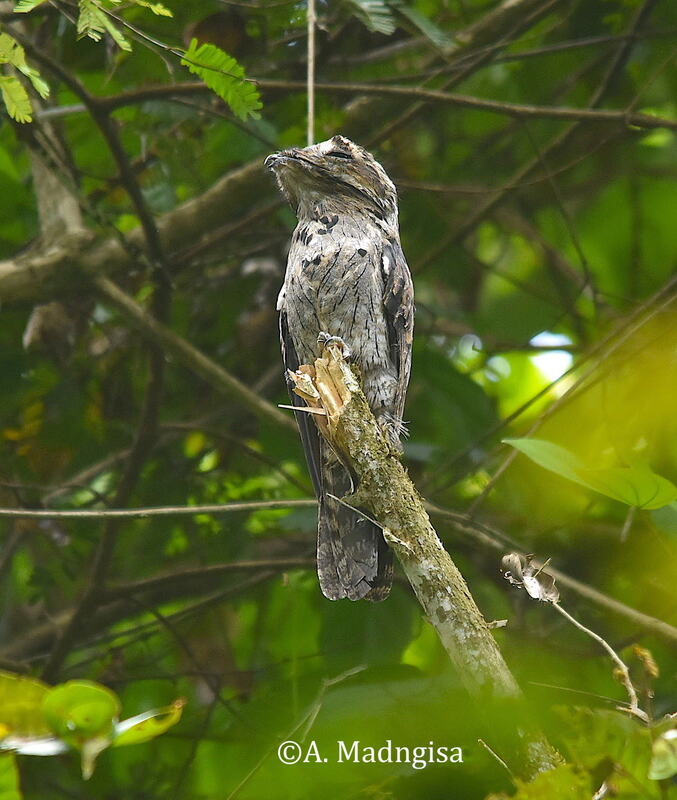



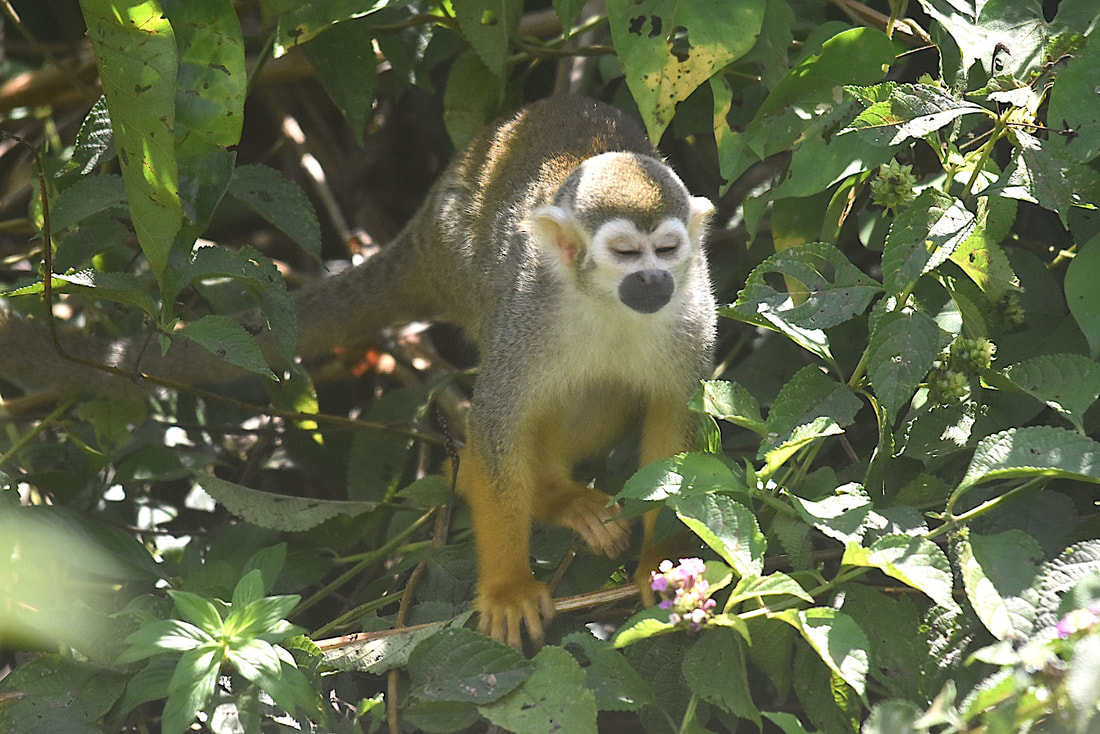
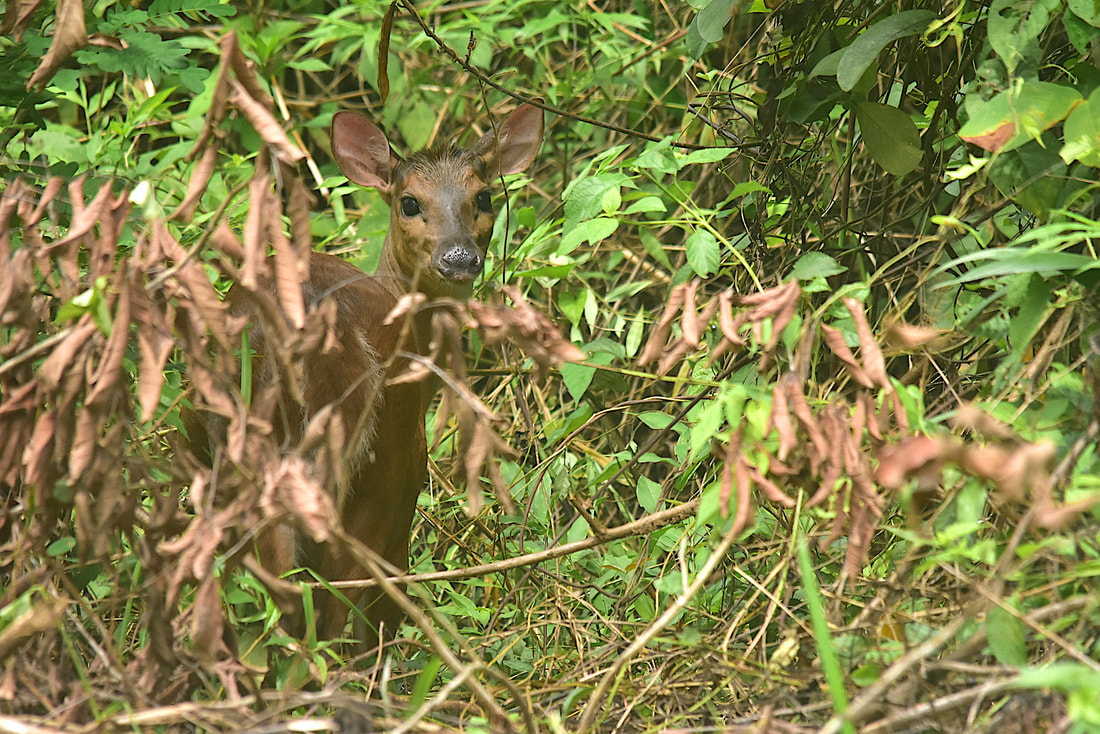
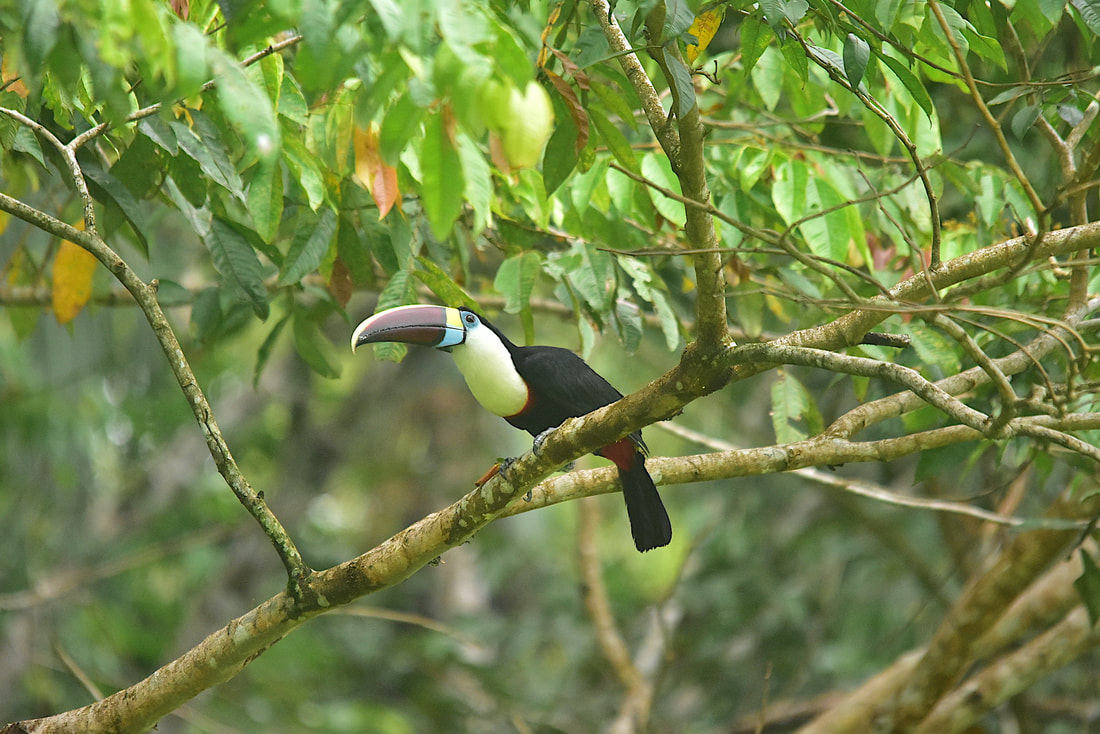
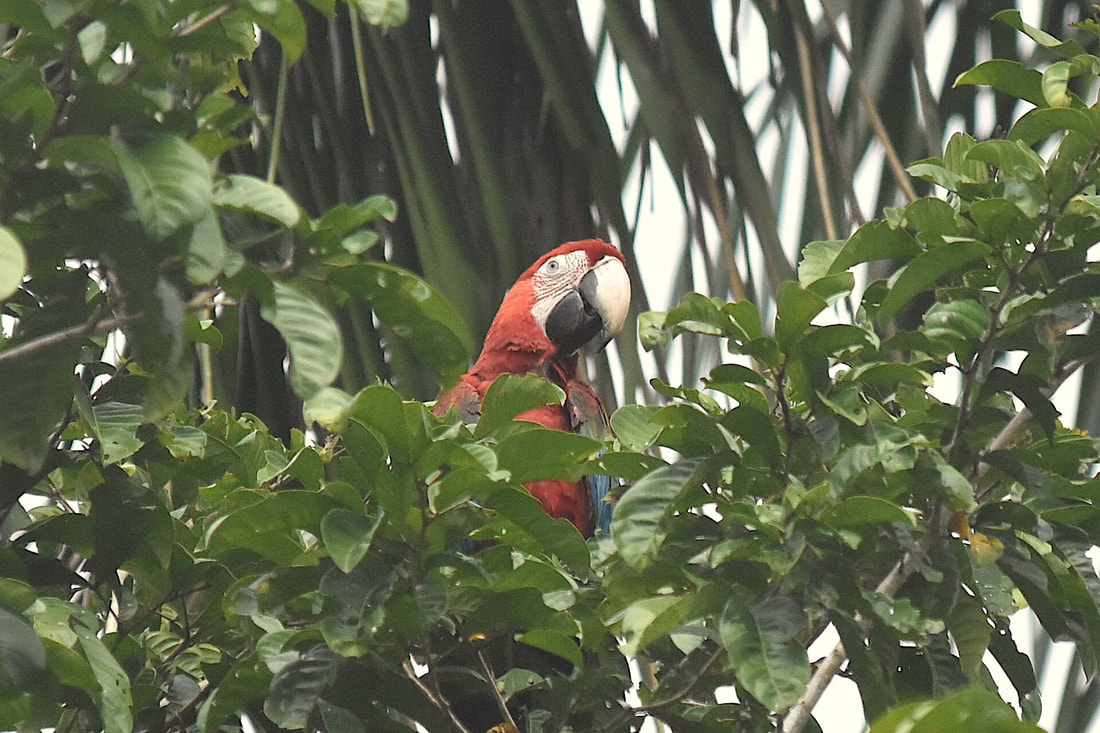
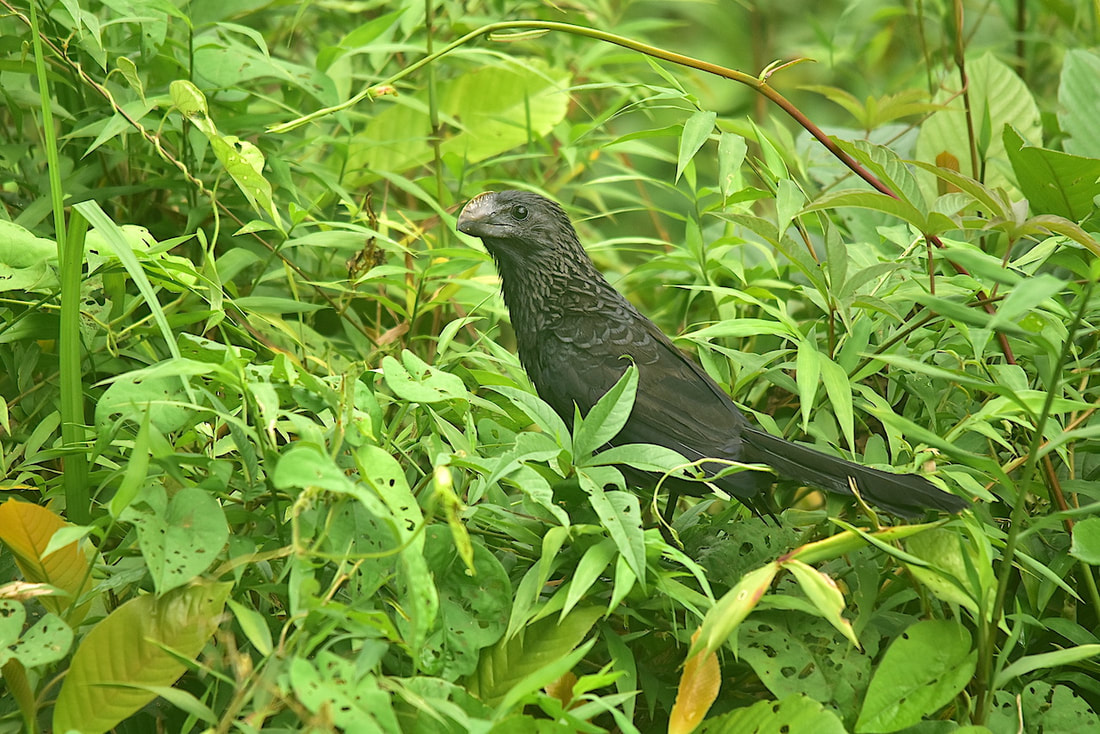
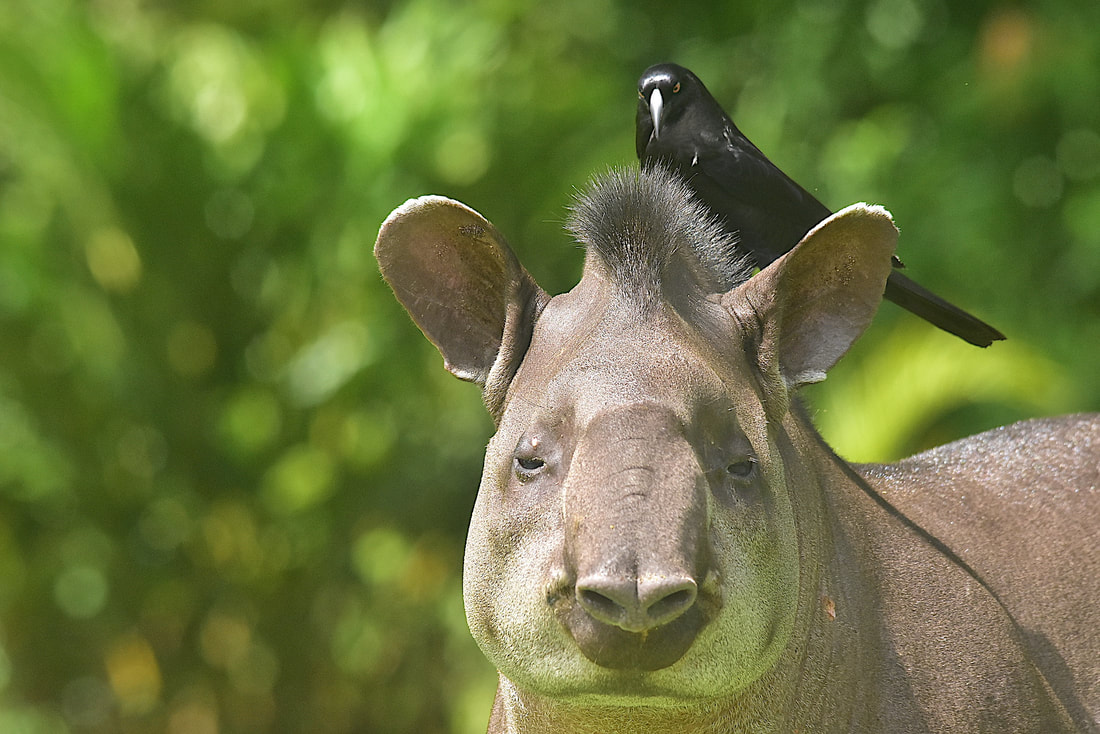
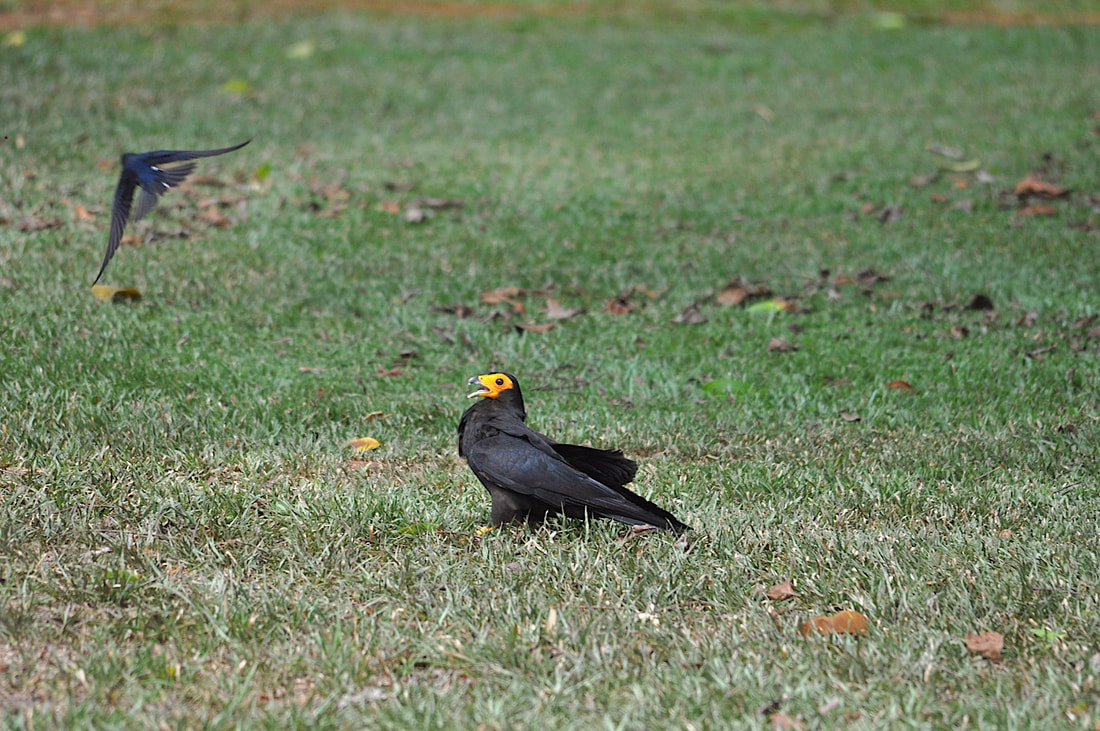

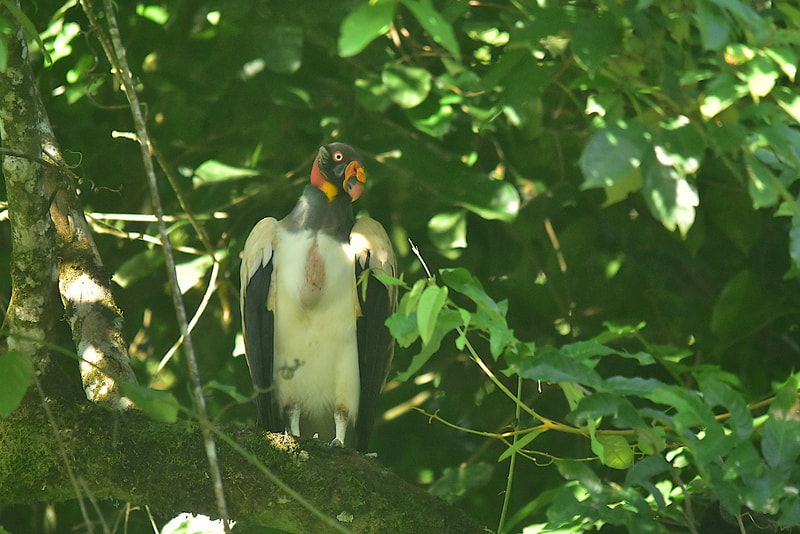
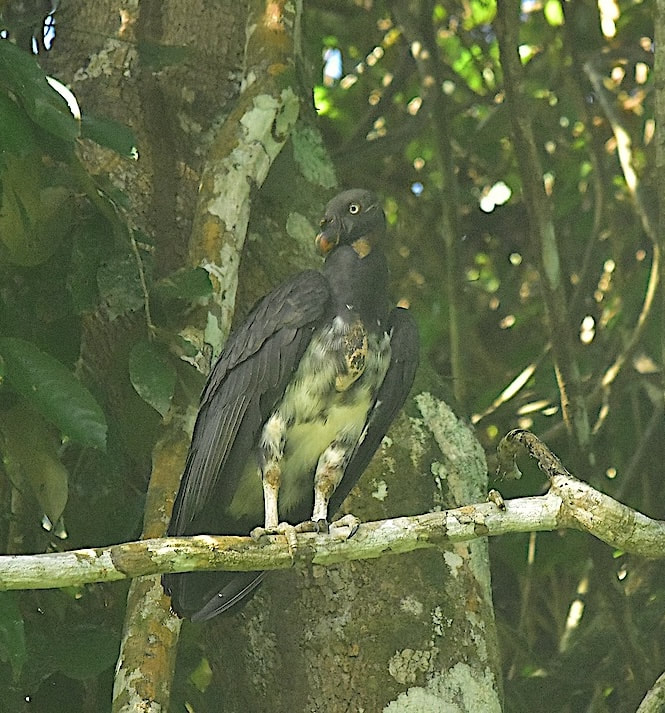
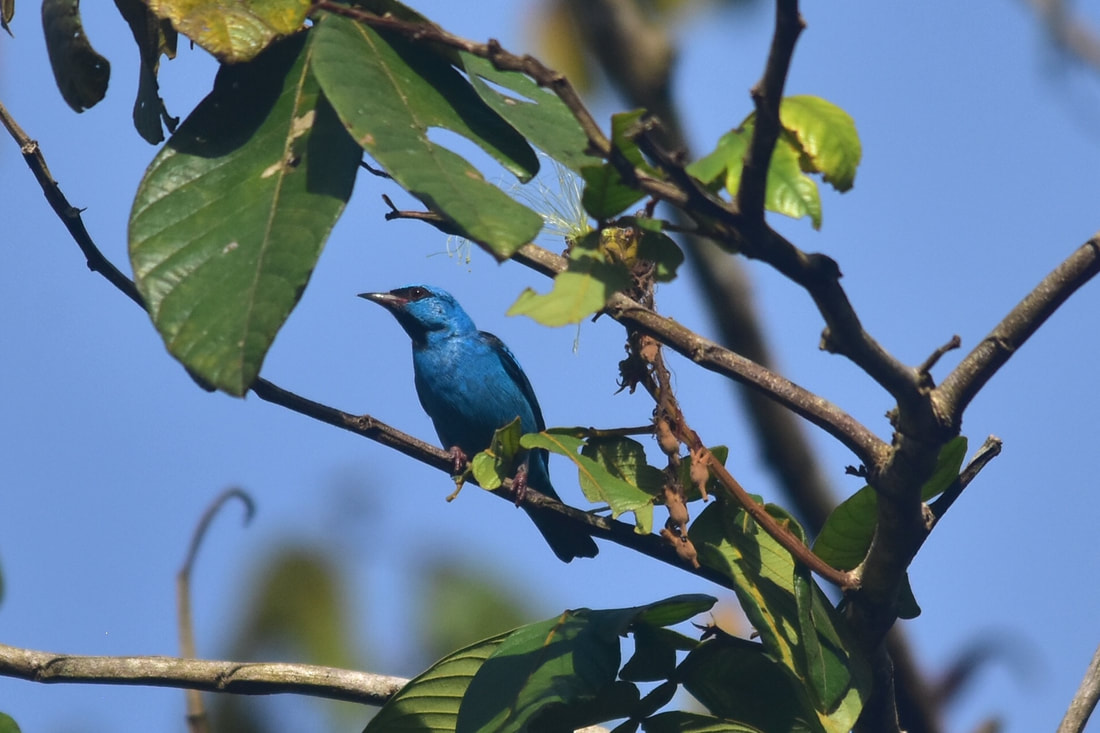

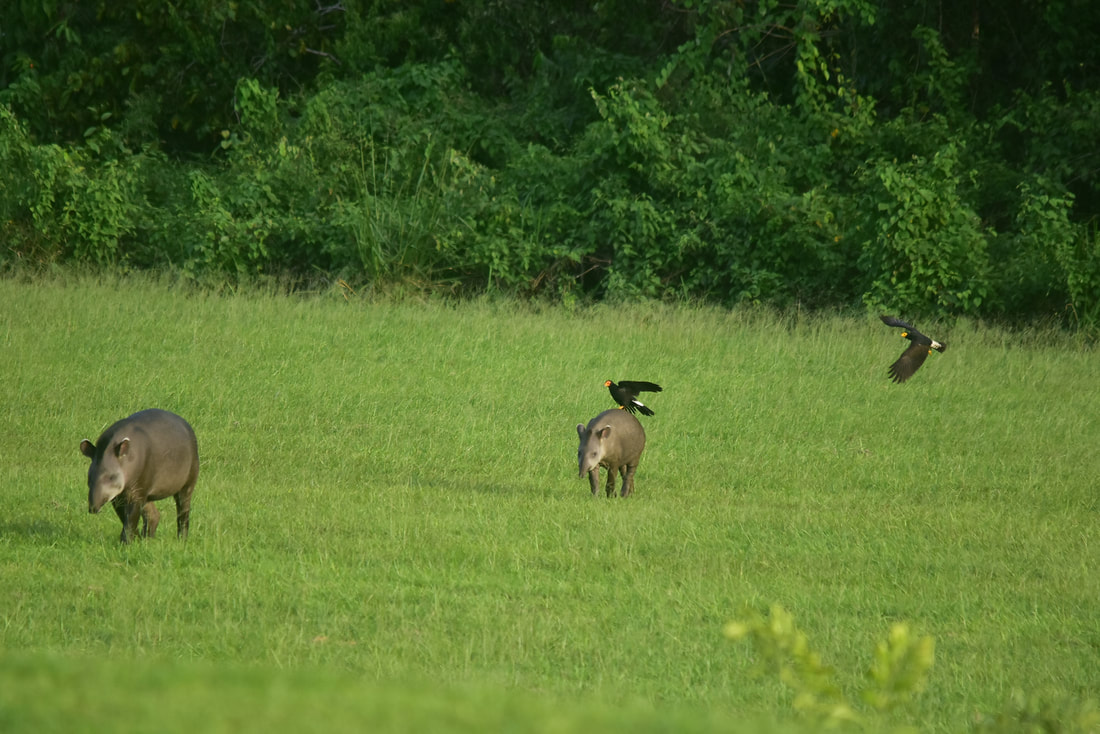
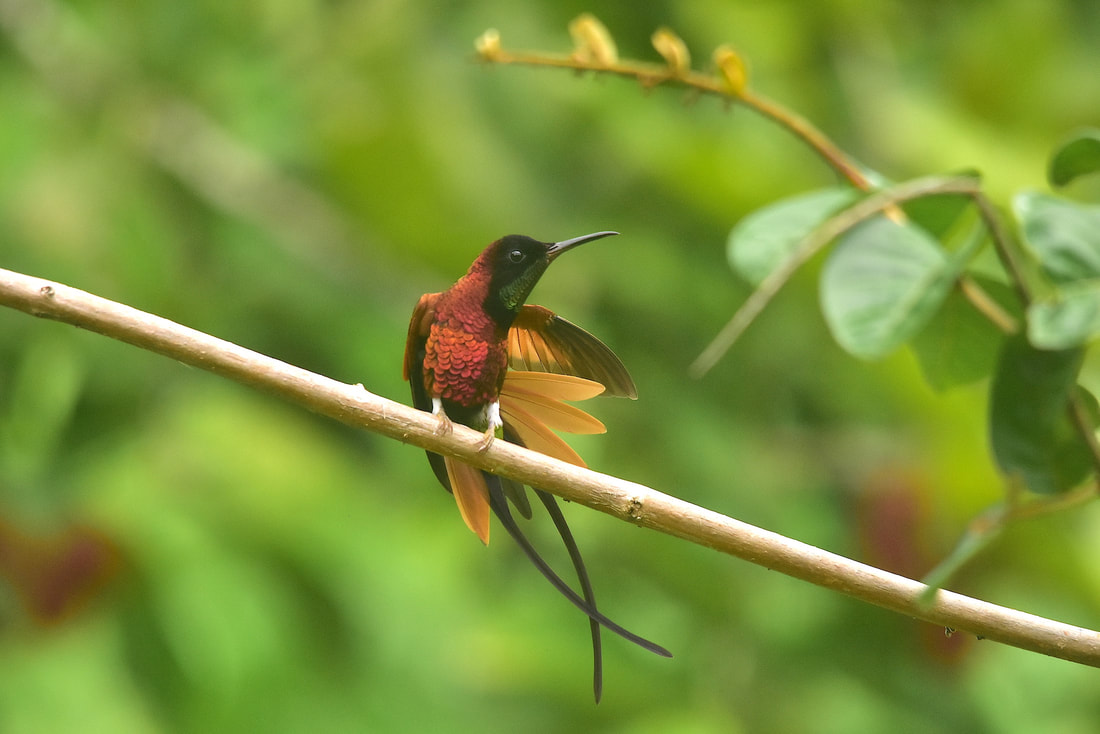
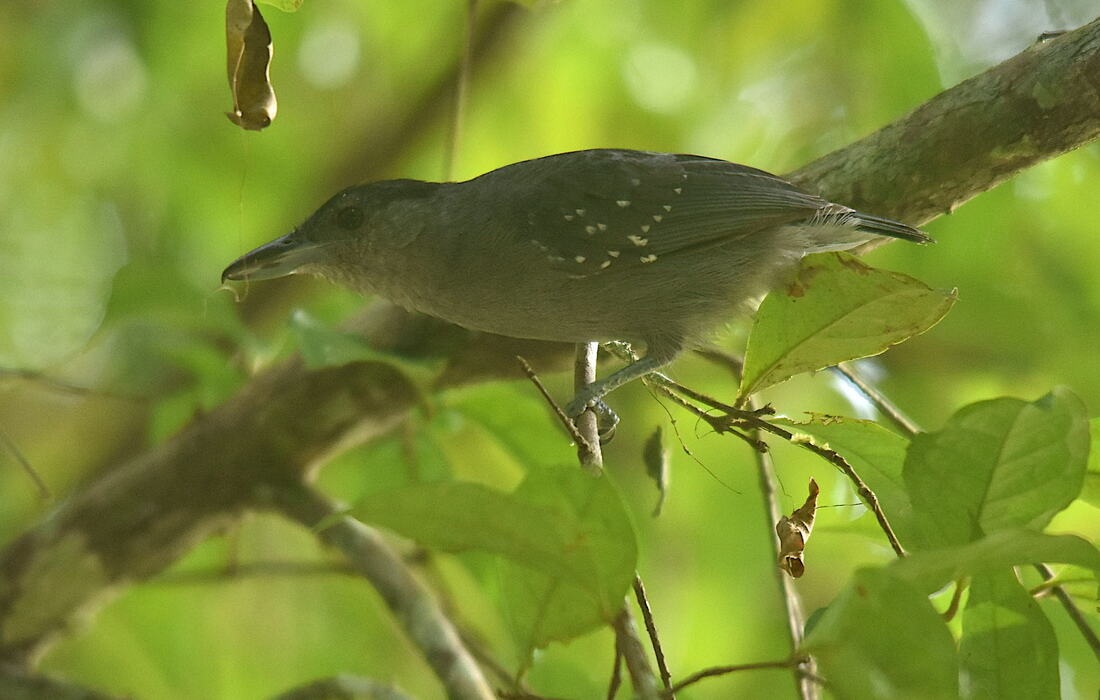
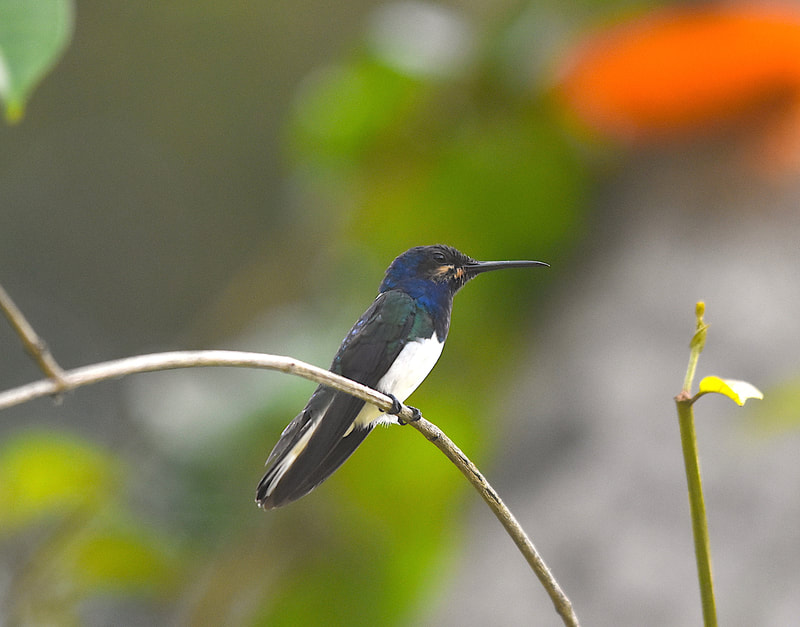
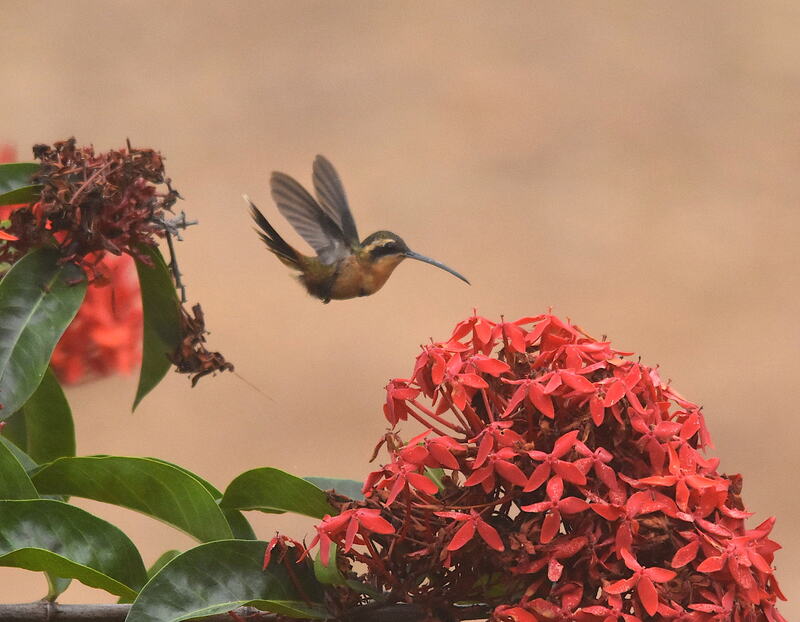

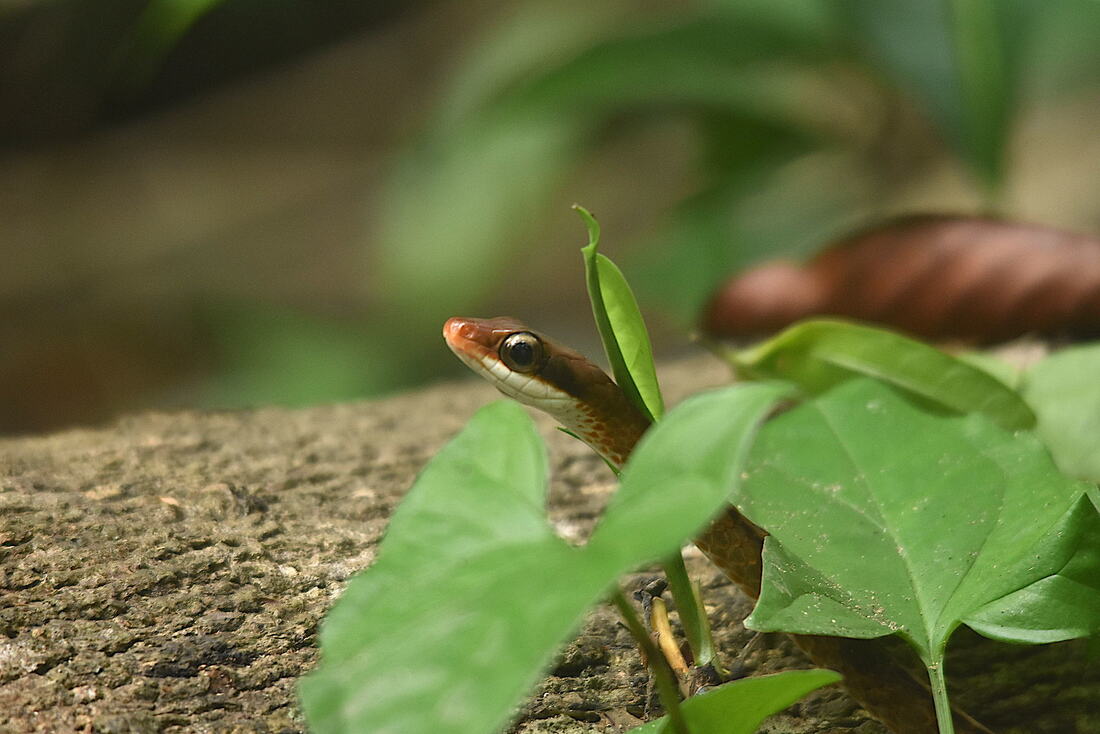
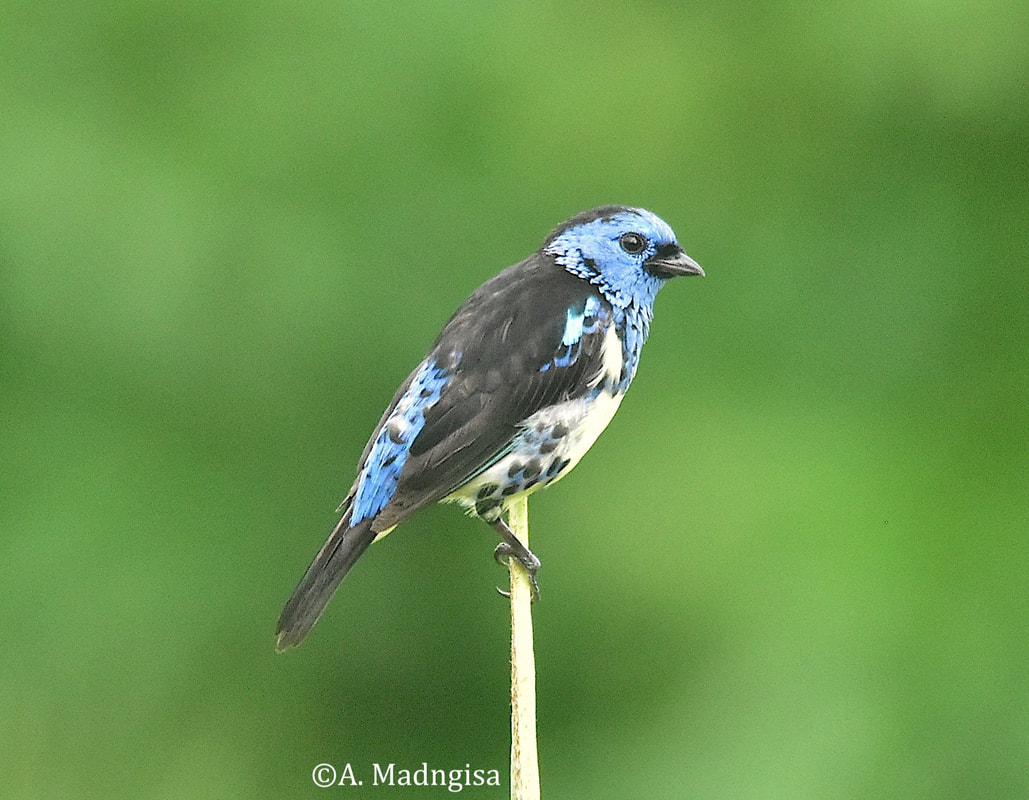
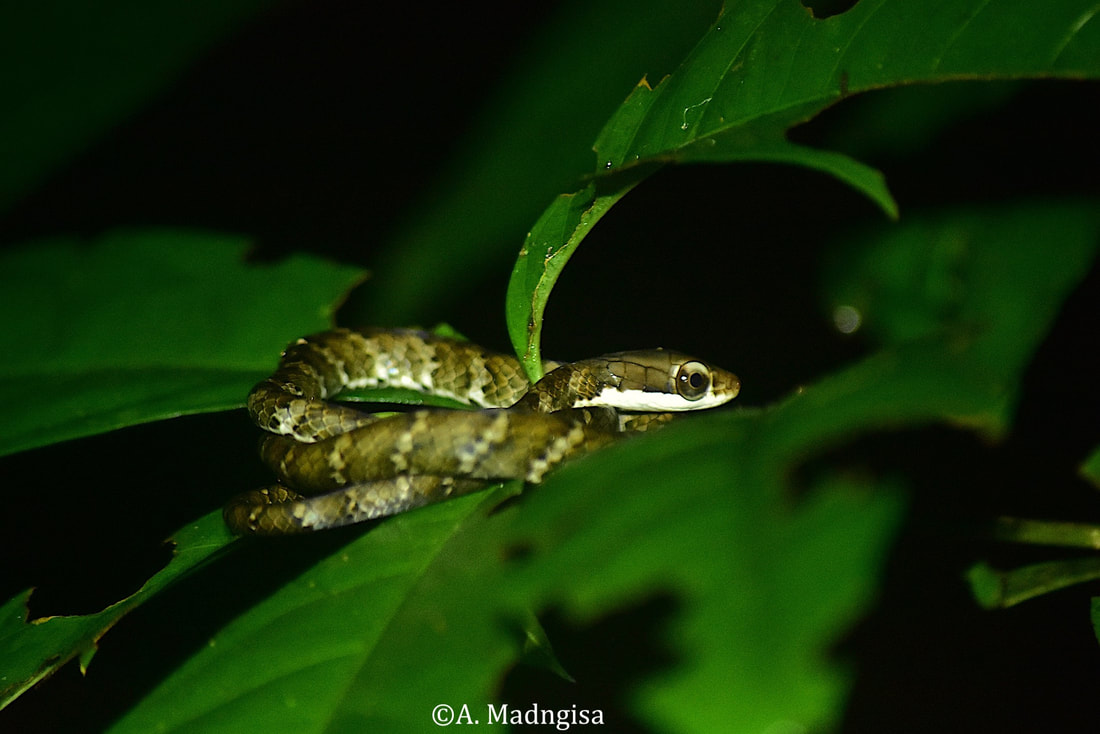
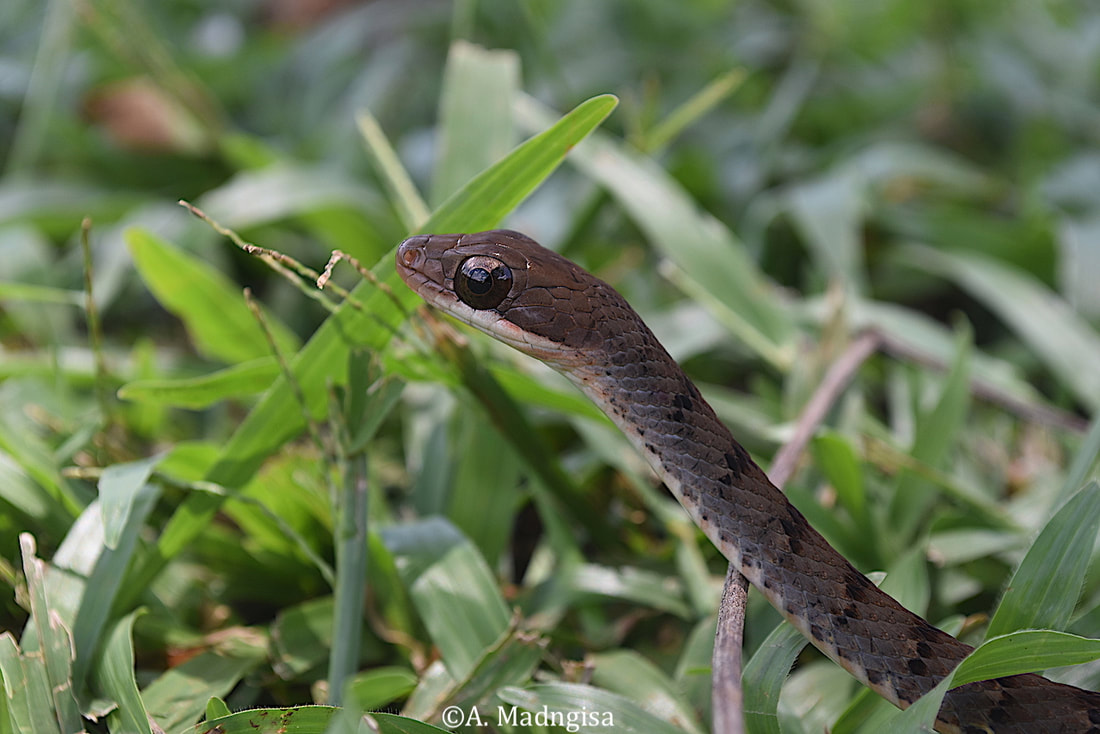
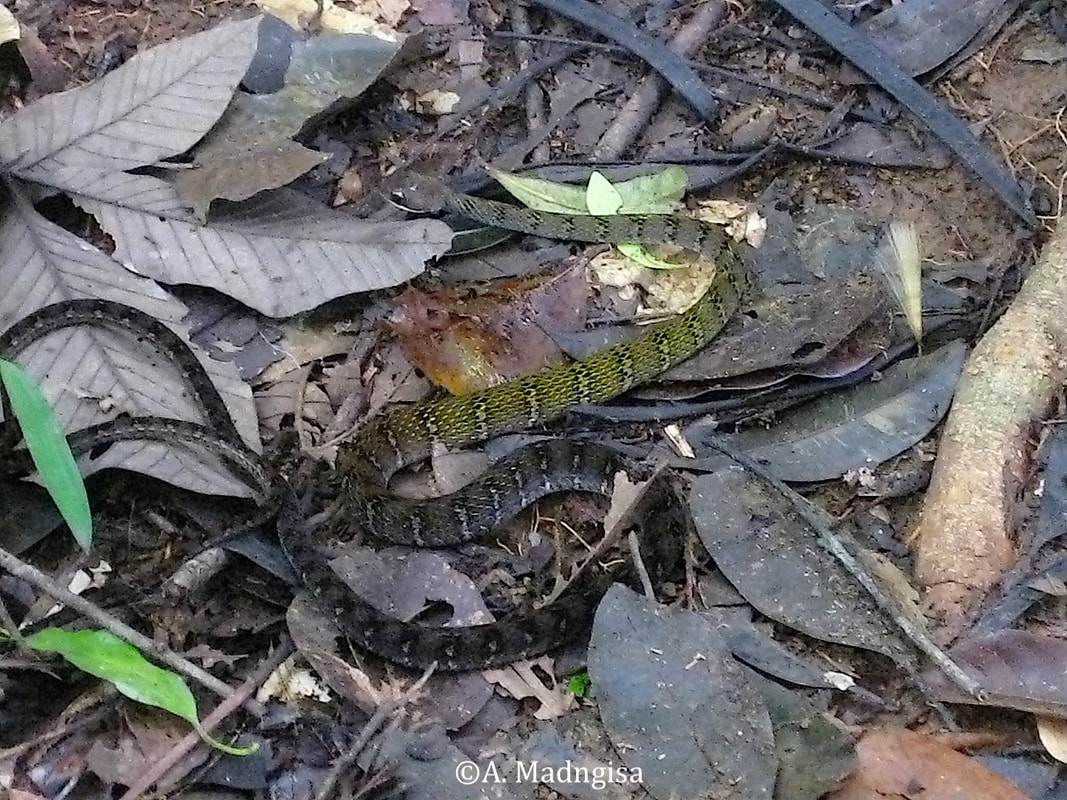
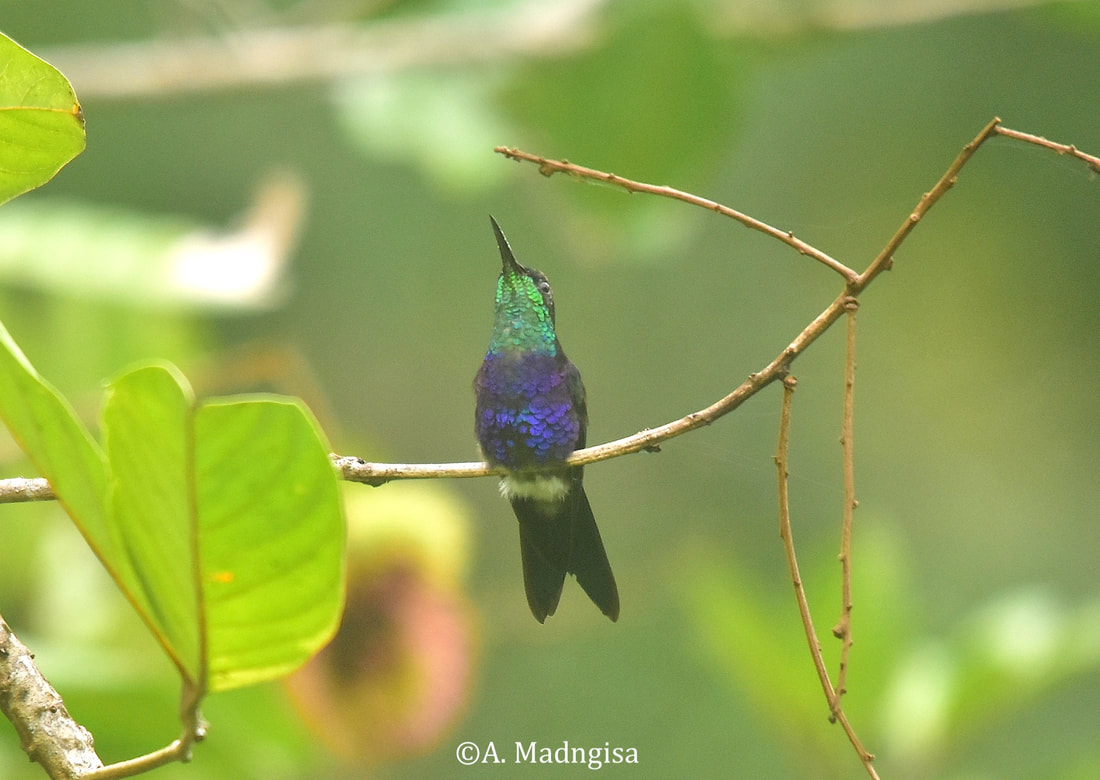
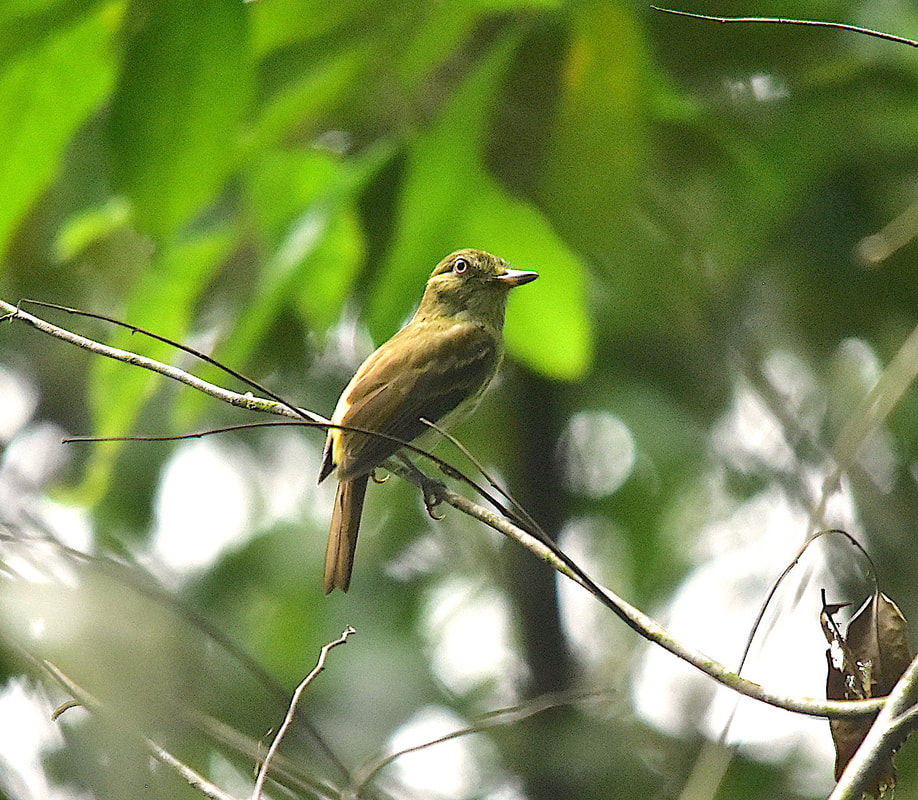
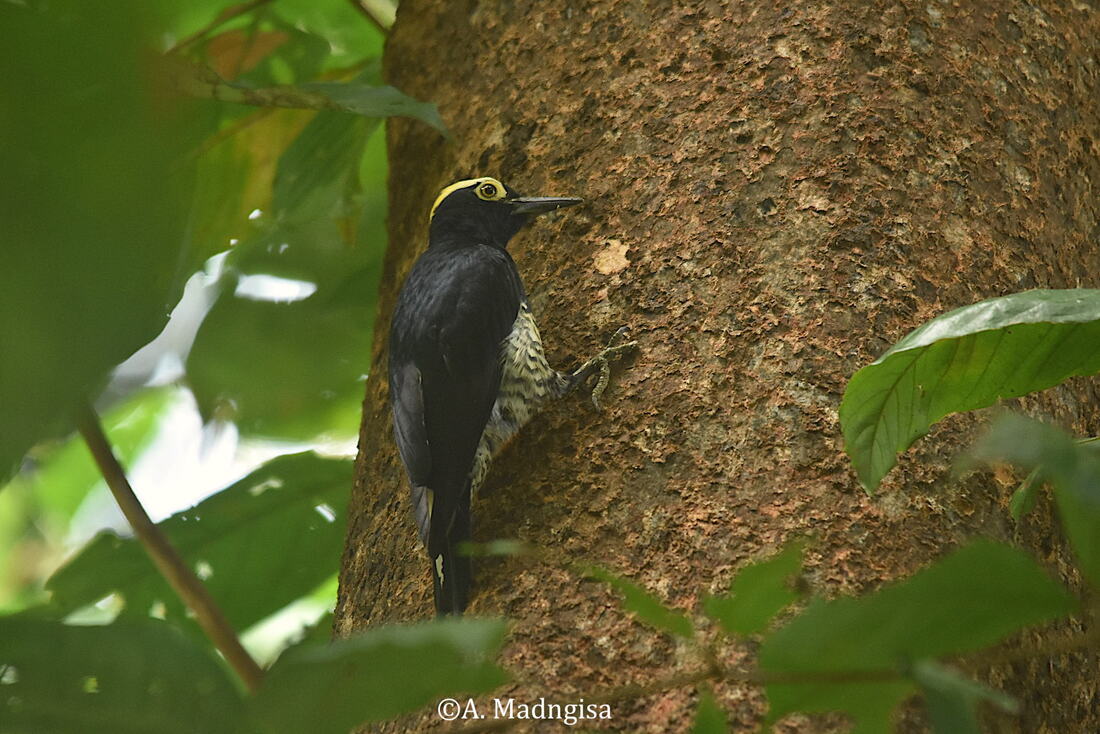
 RSS Feed
RSS Feed